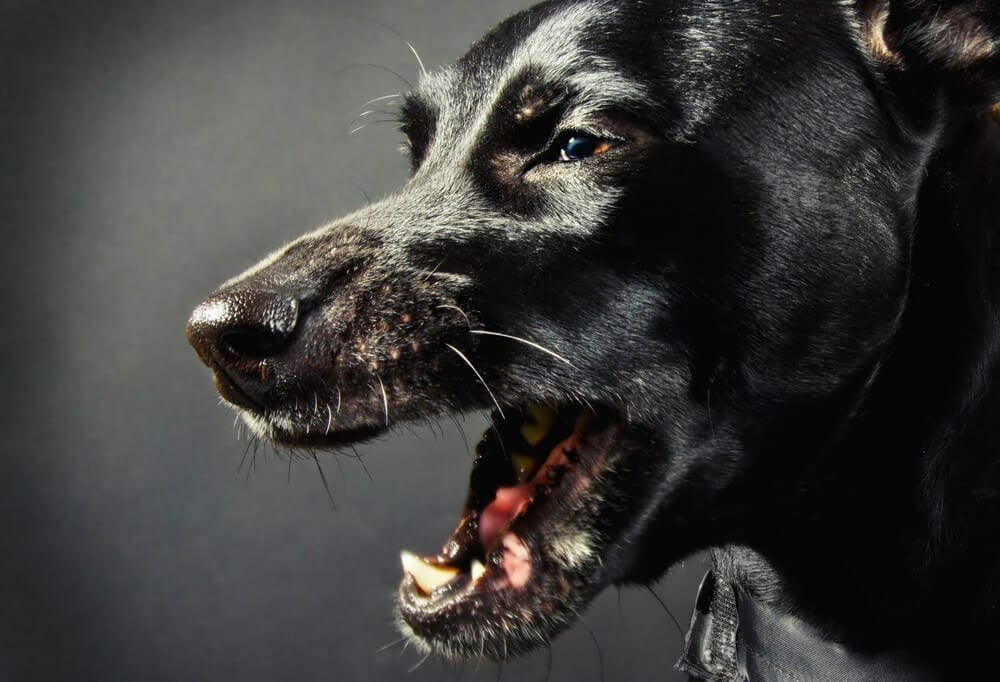Overprotective Dog Behavior
PIA Australia
March 8, 2022
Is your dog extra growly when it comes to their food, treats or toys? Pet Insurance Australia has some great tips to help prevent this type of behaviour in puppies and also the reasons why some dogs exhibit this overprotective nature. Plus; great tips from Pet’s Training & Boarding Senior Dog Handler Kirsten Lambros.
It’s not an uncommon occurrence…the dog growling if anyone tries to come close to them whilst eating or playing with their favourite toy. However, it is certainly not a behaviour that should be ignored. Dogs will have different degrees of aggression when it comes to food/treats/toys that can range from low growls (either at other dogs or people), to a full-blown snap and eventual bite.
It is important to understand that this overprotective and aggressive tendency can become a real problem and get worst, so seeking professional help is paramount. The sooner you seek help the quicker this type of behaviour can be eliminated.
Signs That Your Dog Is Being Overprotective;
- Snarling or showing teeth while around food
- Hackles raised on back
- White moon eyes
- Snapping or biting
- Growling when eating and someone or something approaches
- Growling when in possession of toys when someone or something approaches
- Stiffened appearance and standing guard over the food
If you do notice any of these symptoms it is a good idea to call in the experts. Some trainers can come to your home and give you some great advice depending on the level of aggression and how bad the problem is. With understanding and solid advice on your individual circumstance you can prevent this problem from escalating.
Prevention
As the old saying goes…prevention is better than a cure and this is certainly true when it comes to food aggression and over-protective behaviour.
Teaching your new pup that it is OK to have fingers in their bowls from a very young age can help prevent this.
Having the children play ‘Pick Up the Biscuits’ and feeding your pup in a shallow bowl so his/her biscuits will go flying around the bowl and your children will be busy collecting them and putting them back into the bowl as your pup eats. Other tips include:
- Getting your dog to work for their food (think sit and stay before feeding)
- Using a ‘eat’ command
- Putting your fingers in their bowl regularly when they are eating
- Take their food off them and give it back
- Take toys / bones off them, ask them to sit and return the treat
The trick is to teach your pup that there is no threat with you removing or interacting with them while they eat or play. The key is to always return the food so there is no need to protect is as they are confident it will be returned.
Consistency is also important so feeding your dog around the same time every day is advisable, so they always know when their next meal is coming from. Asking your dog to also work for the food by simply sitting before a meal or not eating until you say a specific word can help.
For dogs who are only showing a slight over-protective nature towards their food try and hand feed them for the first few mouthfuls. Go slowly and soon your dog will be less worried about your hands being in their bowl. However, for more server cases it is important to call in the experts who can quickly determine how bad the over-protective behaviour is and address it correctly.
Tips from the Experts….
Kirsten Lambros, Senior Dog Handler, Pets Training & Boarding
“It is quite normal for dogs to display over-protective behaviour over things they see as a valued resource, such as food, bones and other people.
“Dogs usually adapt this behaviour when its related to a previous experience for example: If a person or other animal approaches it when it has these resources, they will be taken away which can trigger the protective behaviour.
“The dog may become uneasy and unsettled, as it does not want to lose his personal resources.
“Children are more likely to get bitten because they’re less able to recognize a dog’s warning signals and more likely to behave recklessly around the dog.
“Seeking professional advice and further training is the best option for safety within your household”

8 Comment